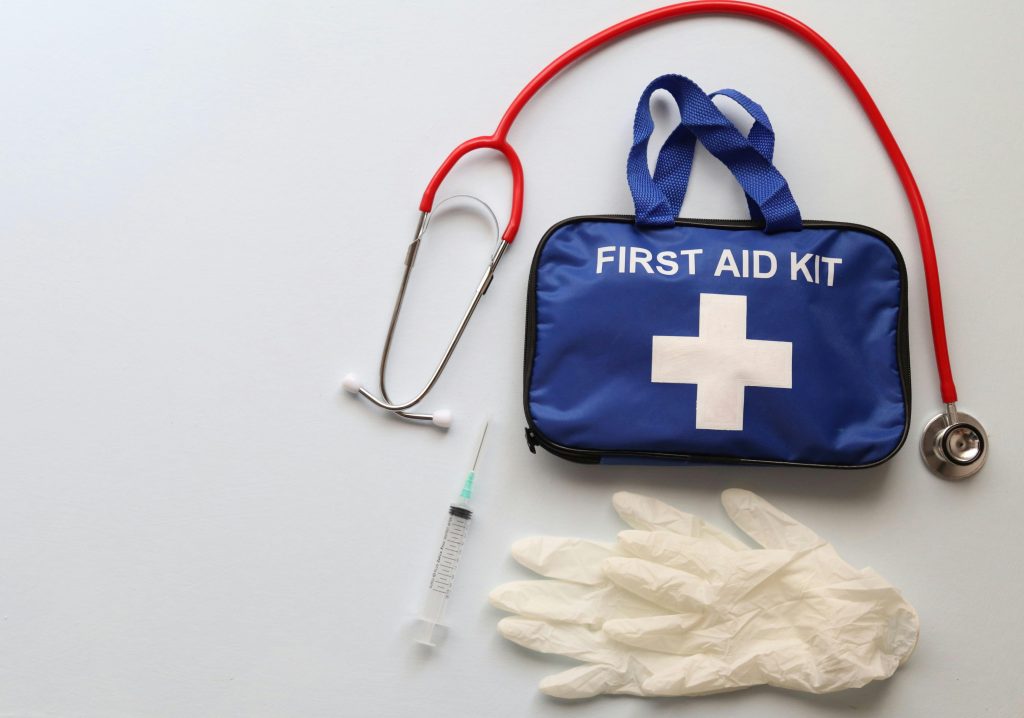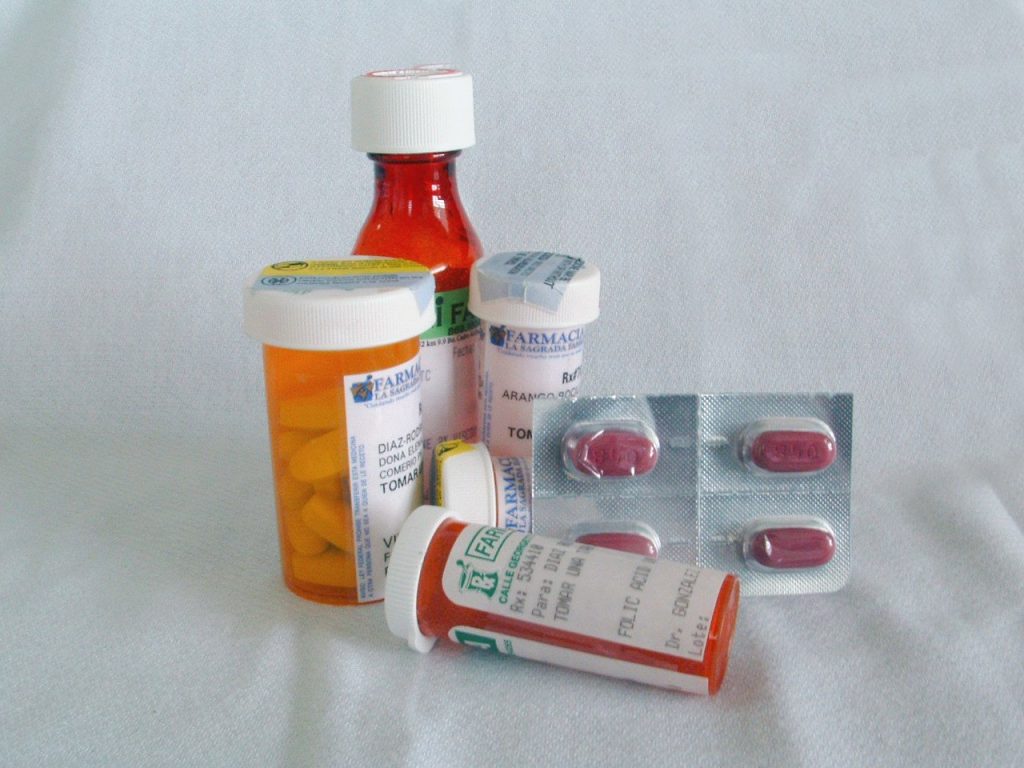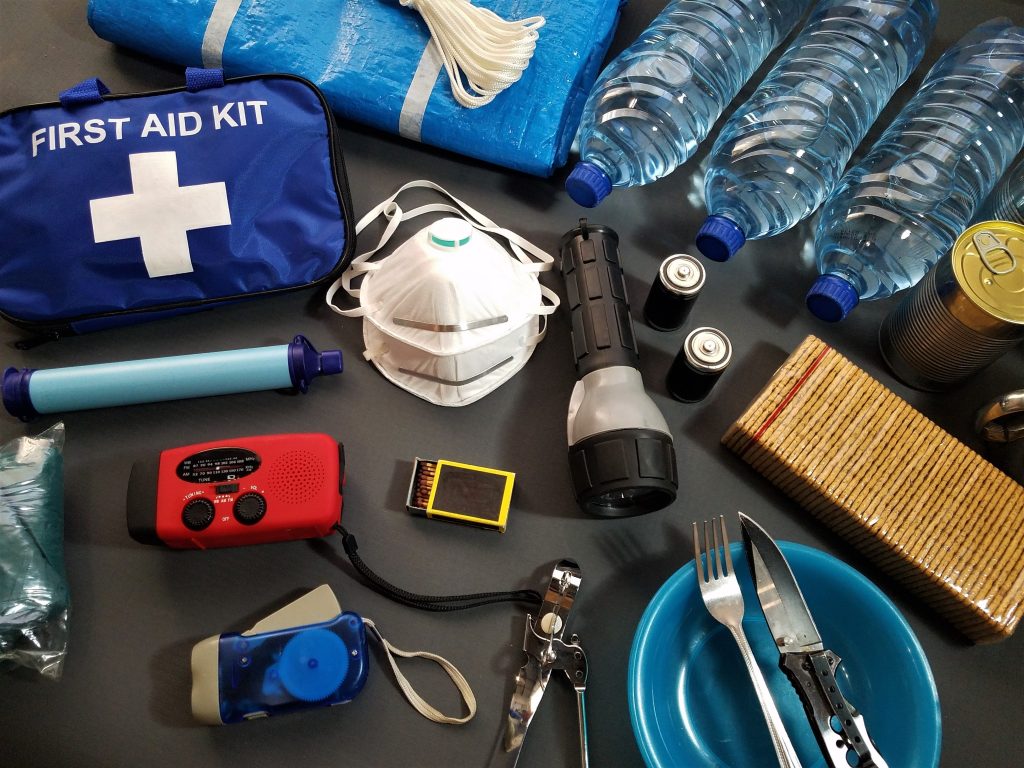In the wilderness, miles from civilization you may wake up one day only to find yourself ill or injured, surrounded by strangers. At these crisis points, equipment and knowledge are all you need to save many of them. That’s where the ultimate survival medical kit enters. It’s not just a bunch of bandages and pills, it’s also a port in the storm.
The Survival Medical Kit-An Indispensable Resource
The harsh beating of the wild jungle in the remote environment, minor ailments easily become life-threatening emergencies. Only the most minor of cuts left untreated can become infected and cause blood poisoning. An ankle sprain could render you immobile, and escape in vain. That’s why an adequate survival medical emergency kit is so important. It empowers you to:
Provide immediate care: Quick treatment of cuts, scrapes, burns and sprains help prevent complications.
Treat common illnesses: Control such diseases as fevers, headaches, diarrhea and other illnesses which steal your strength or otherwise interfere with your survival efforts.
Stabilize injuries: Stop bleeding, stabilize fractures and alleviate shock until rescue arrives.
Boost morale: Knowing you’re prepared and equipped can also give great psychological support in stressful situations.
Adaptable Health Solutions for the Wilderness
Your survival medical kit is not a one-size fits all. The specific contents will vary depending on several factors, including:
The environment: Take the climate, topography, and possible risks (e.g., poisonous snakes, altitude sickness) of a given region into account.
The duration of your trip: A weekend camping trip will naturally entail a different kit than a month-long expedition.
Your group size and skill level: If you’re alone, think of things that can be done by yourself. As for larger groups, supplies should be carried to cover common ailments and injuries.

Prioritizing Medical Preparedness in Survival Medical Kit
There’s no end to the process of creating your ultimate survival medical kit. First, update your supplies regularly according to experience and needs. Study wilderness first-aid procedures and become well acquainted with your equipment, before setting off into the wild. Remember, prevention is key. Bring insect repellent, sunscreen, and water purification tablets to reduce the chances of sickness or injury.
Careful attention to your body and a well-equipped survival medical kit will ensure that you have the confidence from preparation — a vital part of surviving in the wilds. The following sections will take a closer look at some key items in your basic survival kit, including what you should pack, how to organize them and when you might need wilderness first aid. We hope that from all of this information you’ll be able to gear up for any challenge nature throws at you.
We look forward to delving even more deeply into this aspect of survival.
Compact First Aid Essentials
Even purposefully adventurous expeditions need a little attention. These are our Survival Medical Kit basics, your line of defense against minor scrapes and cuts.
Sterile Gauze and Bandages: Your Wound-Warding Warriors
You trip up on an uneven bit of trail, and you’ve got a nice gash in your knee. Don’t fret, our old faithful sterile gauze and bandages are at hand! These versatile heroes play a dual role:
Wound Dressing: The gauze pads used are soft and absorbent, gently cushioning the injured area while removing blood and preventing contaminants from entering a wound. Consider them as little pillows for your fragile skin.
Pressure Application: Sticky bandages then are used to apply pressure against the wound and facilitate clotting. Whether it’s the traditional ACE wrap or a triangular bandage, these straps hold down whatever is put on underneath.
Don’t forget, sterile means free of the germs that cause disease so keep that packaging until it is needed.
Adhesive Band-Aids: The Quick-Fix Champions
But for the small cuts and scrapes that aren’t even good enough for a gauze-and-bandage extravaganza-the adhesive band-aids. These little lifesavers offer several benefits:
Immediate Coverage: Peel-and-stick application will immediately block out dirt and debris, which in turn reduces the chances of infection. No fancy knots, no complicated moves need to be mastered.
Pain Relief: The absorbent pad serves as a little pillow on the wound, providing some relief from that baneful stinging sensation.
Band-aids are only good for shallow wounds and bruises. If it’s a deeper wound, or just looks especially nasty, go ahead and pull out the gauze and bandages.
Antiseptic Wipes and Ointment: The Clean-Up Crew
Hygiene is the most important precursor to bandaging and patching. That’s where antiseptic wipes and ointment come in, playing a crucial role in wound care:
Cleaning and Disinfecting: Antiseptic wipes are your pre-bandage buddies. With delicate force, they clean the wound of debris and possible infectious agents so as to promote healing. Picture them like little sanitizing soldiers.
Promoting Healing and Infection Prevention: Ointments such as petroleum jelly or antibiotic creams seal off the wound and help prevent it from drying out. In addition, they serve as a barrier to the accumulation of bacteria and help prevent infection.
When washing wounds always remember-be gentle. Don’t rub or scrub too roughly as it will irritate the wounded area still more.
These are only the first few in a small collection of basic first aid tools. The next section will discuss in greater detail the vital drugs and equipment one should carry to stay healthy on your wilderness trips. Stay tuned!

Medications and Pain Relief:
But although the wild is calling, don’t forget to take your pain along with you. This section tells you about the basic drugs and painkillers that become your own wilderness pharmacy.
Painkillers (e.g., Ibuprofen): Just think back on that sore ankle you used to get after a simple misstep. The incessant headache induced by altitude? Painkillers such as ibuprofen (Advil, Motrin) are your first line of defense against this kind of pain. They offer two key benefits:
Pain Relief: Ibuprofen and other nonsteroidal anti-inflammatory drugs (NSAIDs) block the production of prostaglandins, chemicals that promote pain and swelling. Picture them as little firemen putting out the pain signals from your body.
Managing Discomfort in Survival Scenarios: Be it sprin, a pulled muscle, or an unrelenting headache, NSAIDs allow you to keep on functioning in difficult circumstances. Pain drains your strength, and renders you incapable of decisive action.
Important Note: Ways to cope Stomach upset and bleeding are common side effects of the NSAIDs, so be sure take them by the recommended dosage. If you have any underlying health issue, discuss it with your doctor before taking them.
Antihistamines: Outsmarting the Itchy Enemies
Strolling through a verdant forest, you are attacked by an army of biting insects. Even worse, you wake up like a human pincushion after an unexpected encounter with poison ivy. This is where your faithful allergy fighters-antihistamines come in. They offer two key benefits:
Allergy Symptom Relief: Benadryl or Claritin work by blocking the histamine receptors in your body that trigger allergy symptoms such as itchy eyes and swelling. Imagine them as small umbrellas helping ward off the histamine before it ruins your trip.
Addressing Reactions to Environmental Factors: Antihistamines can be taken to ease discomfort from insect bites or pollen allergies and get you back on your trip without too much pain. As a reminder, there are severe cases of allergic reactions that can be fatal, so if you have had serious allergies in the past it is best to ask your doctor about carrying an epinephrine injector.
Personal Medications with Survival Medical Kit
Your wilderness experience should not interfere with your current health regimen. That’s why taking your own meds with you is so important. This includes:
Prescription Medications: But don’t forget your daily medicine! Bring along everything you need for the duration of your trip, plus a little extra for contingencies. Don’t forget that, in the wilderness, it can easily be fatal to run out of vital medications.
Specialized Medications for Specific Needs: If you have special medical conditions, such as diabetes or a thyroid disorder, make sure to bring along the medications and equipment you need. If you do not have enough resources or time to seek medical care, discuss possible solutions with your doctor in advance.
So, plan thoroughly and communicate with your doctor, and in the wilderness at least you can be assured of good health. Besides packing the right medications, having an attitude of giving importance to your current health routines will allow you to embark on your journey with assurance and a good conscience.

Conclusion: Survival Medical Kit
So we’ve discussed the turf of basic Survival Medical Kit, touching on wound treatment, pain prevention and control, and self-management of one’s own body. After all, your ultimate survival medical kit is a living thing that’s changing in conjunction with you and the different challenges of nature. You should regularly review and update each of your supplies, learn applicable wilderness first aid methods, and focus on prevention by making and taking care of appropriate choices.
Embrace the power of knowledge: Take Survival Medical Kit courses to acquire the skills, and even more importantly the ability to act hesitantly and make informed decisions in emergency conditions. But don’t forget-the difference between life and death sometimes lies in simple common sense. When there are miles separating you from professional help, even a little knowledge can save your life.
Befriend the unexpected: The wilderness is a world of the unknown. Accept this built-in measure of uncertainty, and travel with a flexible kit. Consider additional items like:
Emergency shelter: It is essential to carry light-weight tarp or bivy sack for protection from the elements in case of injury.
Signaling devices: A whistle, mirror or personal locator beacon can also assist as a rescue signal in remote areas.
Water purification tablets or pump: The right to clean drinking water is essential to survival. Be sure to bring along good purification techniques so you won’t go short of water and get sick.
Remember, prevention is your first line of defense:
Choose appropriate footwear and clothing: Good shoes and appropriate clothing can prevent accidents due to slips, falls or exposure.
Mind your surroundings: Watch out for dangers such as loose rocks, precipitous drops or poisonous animals. To prevent mishap, be safe while hiking and camping.
Listen to your body: They can result in fatigue, dizziness or abnormal aches-these are warning signals of dehydration, disease or injury. Don’t exceed your limits, and if you feel an unusual symptom, get help.
FAQs on Survival Medical Kit:
How lots have to I percent in my Survival Medical Kit?
The length and weight of your Survival Medical Kitwill depend upon the duration and nature of your experience. For day hikes, a compact package with fundamental necessities may suffice. For longer expeditions, a more complete package with additional substances and medicinal drugs is recommended.
What should I do if I come across a serious damage or contamination within the wasteland?
Stay calm and assess the state of affairs. Prioritize immediate life-saving measures like controlling bleeding or managing shock. Utilize your first useful resource kit and emergency verbal exchange gadgets if available. Remember, seeking expert scientific assist as soon as viable is vital in severe situations.
Where can I find reputable resources for desolate tractSurvival Medical Kit records?
The American Red Cross, Wilderness Medical Associates International, and the National Outdoor Leadership School (NOLS) provide precious sources and education courses on desolate tract first useful resource and preparedness.
